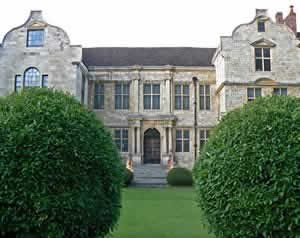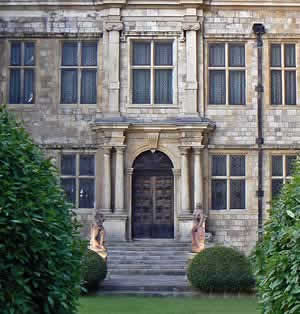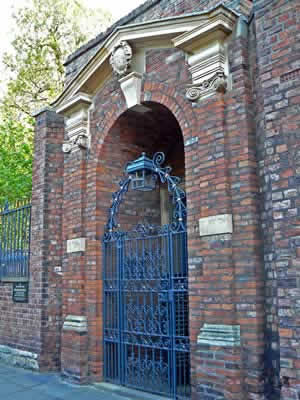Treasurer's House |
|
 |
|||
Originally home to the treasurers of York Minster, this restored house has 13 rooms presented in a variety of historic styles |
|||||
Listen to this article |
|||||
|
|||||
 |
|||||
Treasurer's House stands right next door to York Minster, and was - unsurprisingly - built for the cathedral's treasurer. At first glance, the building's size and beauty might seem excessive for a single member of the church's administration - but in the 15th century, the treasurer was considered to be extremely important. In truth, people who held this position often decided they were too important to actually do any work, and delegated everything to their subordinates. Instead, they would spend their time meeting and greeting various guests of the Minster. |
|||||
 |
|||||
Of course, this couldn't last, and so the position of treasurer was abolished in 1547. Since then the house's ownership has changed hands dozens of times - and because each new buyer often commissioned building or restoration projects, the building began to look vastly different from the original. This all changed in 1987, when a man called Frank Green bought the property. He embarked on the most extensive and ambitious rebuilding project that Treasurer's House had ever seen - and the very first thing he did was to get rid of most of the extensions built by previous owners. After that, he began to redecorate, modelling each room after a different period in history. The most severe change was in the Hall, which was doubled in height by removing the first-floor room above it. He then replaced the walls and the windows to fit in with his exacting standards of detail - which even resulted in him moving the fireplace about a foot upwards, to be in line with the level of the original floor. |
|||||
 The door to the Treasurers House |
|||||
Frank Green's sometimes obsessive level of detail resulted in a striking and fascinating building - which was eventually given to the public to enjoy, when he gave the entire house, and its contents, to the National Trust. |
|||||
Several decades after this, something happened which gave the public another reason to explore the building. It started when a young apprentice plumber called Harry Martindale was sent down to the cellars, to conduct some work on a new central heating system. He was halfway up a ladder, hard at work, when all of a sudden he saw a horse walk through the wall. After somehow managing to keep his balance, all Harry could do was stare in shock, as the rest of the animal emerged, carrying an armoured man on its back. The horse and rider marched through the cellar, followed by a column of soldiers. Every one of them was dressed in the Roman style, with tunics, shields, and swords. Curiously, they appeared to have no legs from the knees down. |
|||||
 Side gate leading to the Treasurers House |
|||||
In the following weeks, after Harry had rushed upstairs to report his story, several odd details emerged. It turned out that there was an old Roman road, fifteen inches below the cellar floor. This was obviously what the soldiers were walking on, which explained their missing legs. Even more interestingly, Harry's descriptions of the soldiers contained many elements which were thought to be false - but were later proved by historians to be accurate. |
|||||
This has led some people to believe that something supernatural really did take place. After all, Roman foundations have been found beneath York Minster - and there are records of a Legion of soldiers going missing from their station in the city. There are many clues, but in the end, it's a mystery that has never been explained. |
|||||
|
|||||
The Treasurers House is a National Trust property. It is open daily (except Fri) 11am to 4pm (3pm in winter). Entry costs around £5. Tel: 01904 624247 |
|||||
|
Pocket Britain is optimised for use on a smartphone or tablet with internet access. All content is subject to copyright. All reasonable methods have been used to ensure information supplied is accurate at the time of publication. However, it is advisable to check information before relying on it. Privacy Policy |